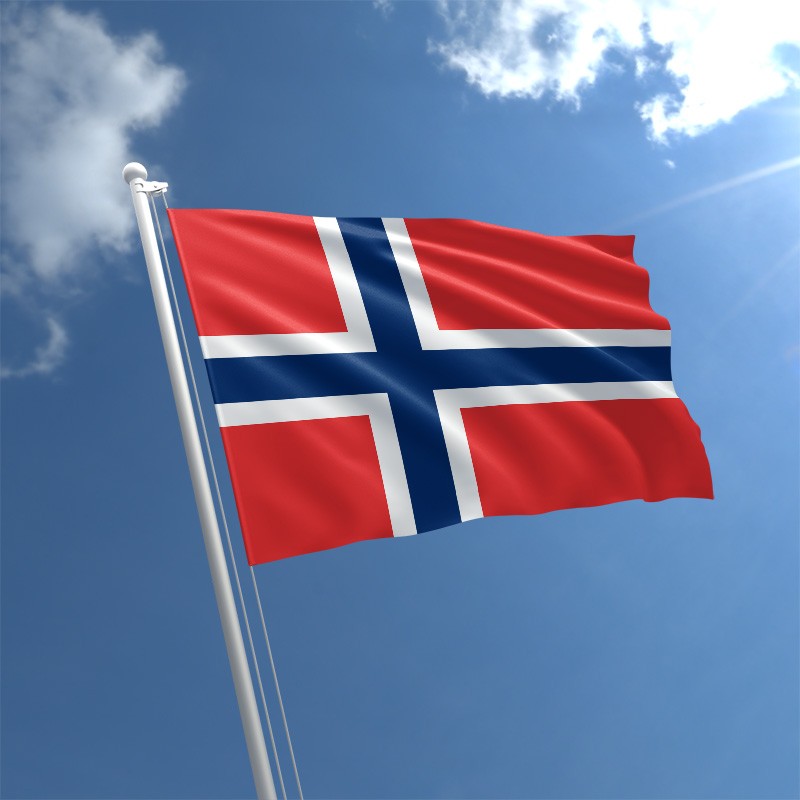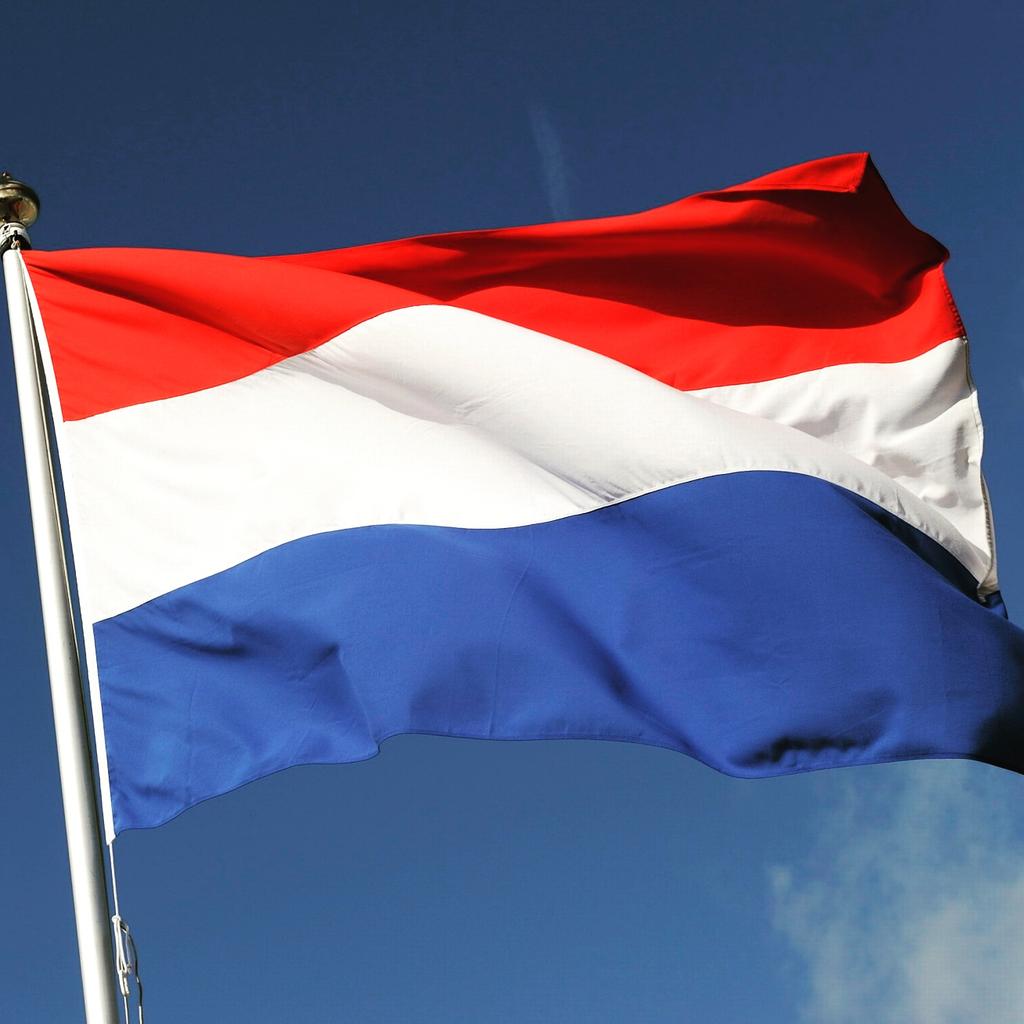Top 10 Richest Countries in Europe 2025
By ICON TEAM | Published on Apr 22, 2025
List Of Top 10 Richest Countries in Europe 2025:
Some of the richest countries in the world are found in Europe, a continent known for its diverse cultures, rich history, and economic might. Europe's economy in 2025 is still characterized by a combination of strong financial systems, strategic resource management, and innovation. The top ten wealthiest nations in Europe for 2025 are examined in this article, which ranks them according to GDP per capita using Purchasing Power Parity (PPP), as predicted by the International Monetary Fund (IMF). The economic prowess, important industries, and policies that propel these countries to the forefront of global prosperity are highlighted in these rankings, which are derived from sources like WorldAtlas, Forbes India, and Visual Capitalist.
1. Luxembourg:

With an incredible GDP per capita of $154,914 (PPP), Luxembourg, a small landlocked country, is claiming the title of richest country in Europe for 2025. Despite having a small population of about 658,300, Luxembourg's strong financial sector which includes banking, investment funds, and insurance is the main driver of its economic success. Multinational firms and wealthy individuals are drawn to the nation by its advantageous location in the center of Europe and its business-friendly tax laws. Luxembourg has transformed from a 19th-century steel-based economy to a major global financial center by utilizing its highly qualified workforce and stable governance. The country also makes significant investments in infrastructure, healthcare, and education, guaranteeing one of the greatest living standards in the Eurozone. Critics point out that continued worldwide attempts to impose minimum corporate tax rates have called into question its status as a tax haven.
2. Ireland:

With a GDP per capita of $131,548 (PPP), Ireland comes in second, demonstrating its shift to a knowledge-based economy. Ireland, a European center for internet giants like Google, Apple, and Facebook, as well as pharmaceutical corporations like Pfizer, is well-known for its advantageous corporate tax rates. Strong exports in technology and pharmaceuticals, a highly educated workforce, and high-value foreign direct investment all contribute to the nation's economic prosperity. Multinational tax methods, however, have contributed to Ireland's high GDP per capita, which is why modified Gross National Income (GNI) criteria have been developed for a more accurate economic assessment. Ireland's openness to international markets and innovation-driven policies guarantee its position among Europe's elite despite issues like housing shortages and income disparity.
3. Switzerland:
Switzerland, with a GDP per capita of $107,240 (PPP), takes third place. Switzerland is known for its top-notch manufacturing, tourism, and financial secrecy. It also has one of the most developed free-market economies in the world. Industries like pharmaceuticals, precision tools, and luxury goods, with firms like Novartis and Rolex propelling economic output, are the backbone of the nation's wealth. Switzerland's 8.85 million citizens enjoy a good level of living because to the country's social security system, which contributes significantly to GDP. The nation’s commitment to innovation, coupled with its political neutrality and low unemployment rates, makes it a paragon of economic stability. Additionally, Switzerland’s stunning landscapes and ski resorts help its strong tourist sector.
4. Norway:

Norway is ranked fourth with a GDP per capita of $106,540 (PPP), primarily because of its enormous oil and gas reserves, which have supported economic growth for many years. With an estimated worth of over $1.4 trillion, the nation's sovereign wealth fund is the largest of its kind in the world and acts as a financial cushion against economic turbulence. With the help of a highly qualified workforce, Norway is a leader in technology, fisheries, and maritime industries in addition to energy. The country has one of the narrowest income inequality gaps in the world thanks to its extensive welfare system, which offers social benefits, healthcare, and education to all citizens. Norway’s commitment to sustainability, especially investments in renewable energy, protects its economic stability as global energy demands alter.
5. Iceland:

The Nordic island nation of Iceland, with a GDP per capita of $90,110 (PPP), comes in fifth place. Iceland's economy, which was formerly largely dependent on fishing, has diversified through technology, tourism, and renewable energy. Nearly all domestic energy demands are met by the nation's plentiful geothermal and hydroelectric resources, and its breathtaking landscapes, which include geysers and waterfalls, draw millions of tourists there each year. Iceland's economic strength is further enhanced by its highly educated workforce and robust environmental policies. Despite having only 370,000 residents, Iceland's emphasis on innovation and sustainable growth has raised its standing in the world economy. Additionally, the country's strong social welfare system guarantees its residents a high standard of living.
6. Denmark:

Denmark is the sixth richest nation in Europe, with a GDP per capita of $71,970 (PPP). Denmark is well-known for its extensive welfare system, which is financed by high taxes and a thriving economy. It offers free healthcare, education, and substantial social benefits. Key industries include pharmaceuticals, maritime shipping, and renewable energy, with corporations like Novo Nordisk and Maersk driving growth. Denmark has established itself as a global leader in green innovation thanks to its leadership in wind energy and dedication to sustainability. The nation is a model for striking a balance between social justice and economic progress because of its highly qualified workforce and emphasis on work-life balance, which both contribute to its high standard of living.
7. Netherlands:

With a GDP per capita of $63,750 (PPP), the Netherlands comes in at number seven. Thanks to its advantageous location and the Port of Rotterdam, one of the busiest in the world, the nation is a global leader in trade and logistics. With strengths in technology, agriculture, and finance, the Dutch economy is diversified. The Netherlands is a world leader in sustainable farming, and its high-tech sectors are highlighted by companies like ASML and Philips. Significant foreign investment is drawn to the nation by its highly educated workforce and business-friendly atmosphere. The 17.5 million people who live in the Netherlands enjoy a high standard of living thanks to its progressive social policies, which include strong healthcare and educational systems.
8. San Marino:

The small Italian microstate of San Marino, which has a GDP per capita of $59,410 (PPP), comes in at number eight. Despite having only 34,000 residents, San Marino's economy depends heavily on banking, tourism, and manufacturing, especially wine and ceramics. Being close to Italy and having a customs union with the EU helps the nation's free-market economy. Recent efforts to boost banking openness have bolstered San Marino’s international credibility, removing it from tax haven blacklists. Its historic landmarks and collectible exports, such as stamps and Euro coins, continue to be major sources of income for tourists. The ability of small countries to attain extraordinary success is demonstrated by San Marino's economic tenacity.
9. Austria:

Austria's strategic location in Central Europe and diverse economy propel it to ninth place with a GDP per capita of $58,530 (PPP). Manufacturing, services, and tourism are important sectors; Austria's Alpine resorts draw millions of visitors each year. The nation has become a leader in green innovation thanks to its emphasis on energy-efficient technologies and renewable energy. Austria's membership in the European Union improves economic stability, and its highly qualified workforce and advanced infrastructure make trade and investment easier. The country is among the most prosperous in Europe due to its social security system and high standard of living, which strike a balance between social welfare and economic growth.
10. Sweden:
Sweden, with a GDP per capita of $58,530 (PPP), completes the top 10. With internationally renowned businesses like Volvo, IKEA, and Ericsson, Sweden is a Nordic leader whose economy is fueled by industry, technology, and services. The nation's innovation-driven strategy, bolstered by substantial R&D expenditures, guarantees steady economic expansion. With universal access to healthcare, education, and social benefits, Sweden's extensive welfare system helps its 10.64 million citizens live comfortably. The country is positioned as a leader in green technology due to its dedication to sustainability, which includes setting aggressive climate objectives. Sweden stands out in Europe's wealth rankings due to its social justice and economic diversity.
Comments 0